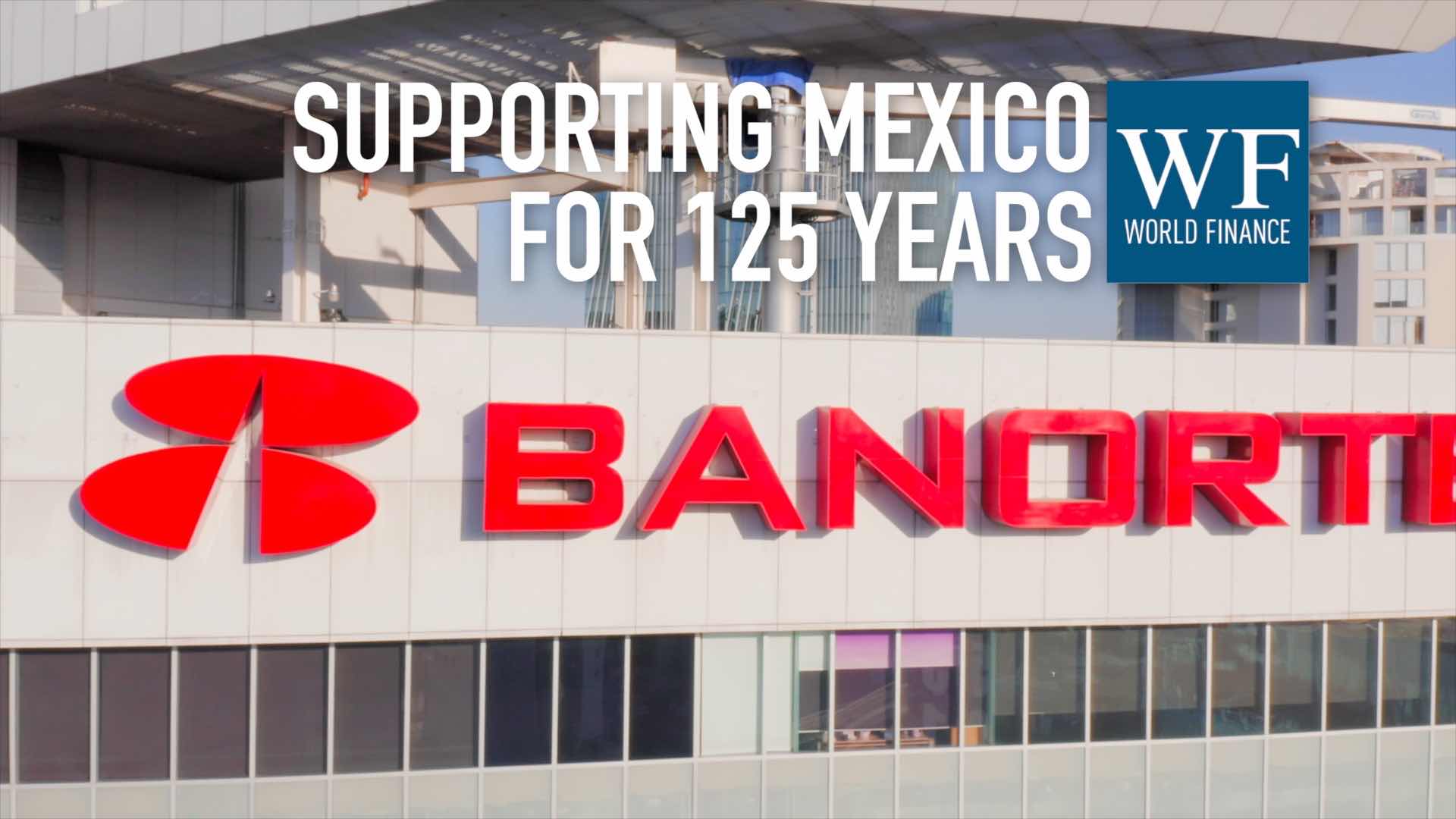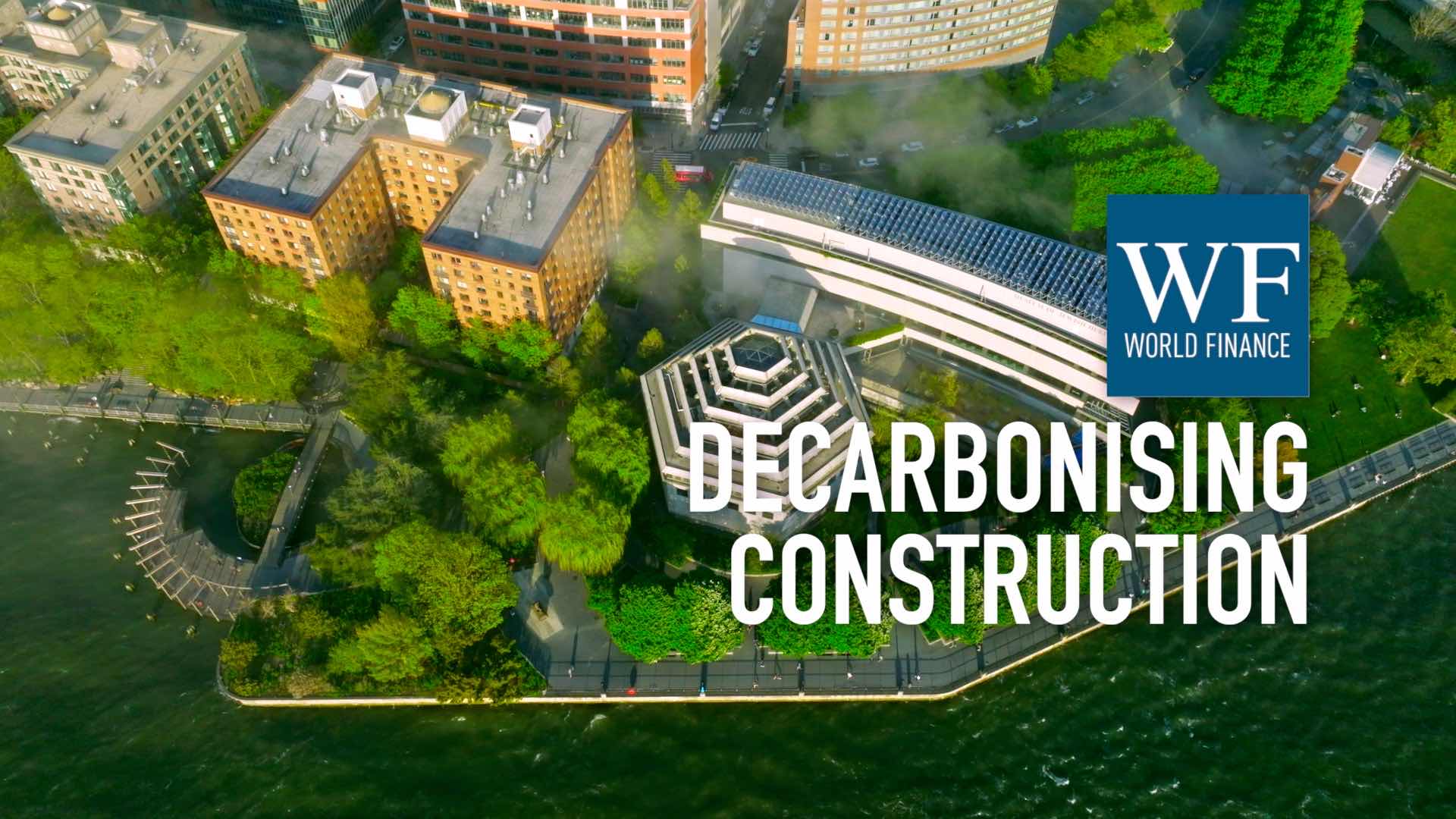Gebze-Orhangazi-Izmir motorway to yield extra $500m per year for Turkey
Murat Kosal from project concessionaire Otoyol on the construction, financing and economic benefits of Turkey's transportation mega-project
Related:
Transcript
€315bn have been injected into Turkey through huge infrastructure projects. One vital development on Turkey’s transportation map is the Gebze-Orhangazi-Izmir motorway. The project’s concessionaire company is Otoyol; World Finance interviews its Assistant Managing Director (Finance), Murat Kosal. Murat explains the route the motorway takes – connecting the important industries of Gebze, Bursa, Istanbul and Izmir – and shows the construction of the Osmangazi bridge, the newly opened suspension bridge crossing the Izmit Bay. He also talks about the creative approach to financing and phasing the project that Otoyol adopted, and outlines the economic benefits that Turkey will enjoy once the project has been completed.
World Finance: €315bn have been injected into Turkey through huge infrastructure projects. One vital development on Turkey’s transportation map: the Gebze-Orhangazi-Izmir motorway.
Talk me through the project; break it down into sections for me.
Murat Kosal: My pleasure, Paul. We start in the north, at Gebze, an industrial town on the outskirts of Istanbul; and end at Izmir. Our project connects to the existing Ankara-Istanbul motorway, so we’re able to connect Istanbul to Izmir via Gebze.
From Gebze, we go south. After four kilometres, we cross Izmit Bay. The Izmit Bay is a heavily congested bay, and one of the most industrialised sections in Turkey.
We continue our travels along the motorway. We pass Gemlik. We pass through the Samanlı tunnel. The Samanlı tunnel is currently in operation, and it’s the longest motorway tunnel right now in Turkey. The total length is seven kilometres, including both tubes.
Once we get to Bursa, our motorway is connected into the existing Bursa ringroad, and we travel about 20 kilometres to the newly constructed motorway from Bursa, and travel another 300km, passing important regional towns Balıkesir and Manisa, and ending in Izmir after 300km.
World Finance: Now we have to talk more about the recently named Osman Gazi bridge, the suspension bridge crossing the Izmit Bay: because it really is the crowning jewel to this project.
Murat Kosal: Absolutely. With a main span of 1,550m, it’s currently the fourth-longest bridge in the world, second in Europe, and the longest bridge in Turkey.
This is one of the safest bridges built to-date: both seismic design and wind design was heavily tested: in Canada, for the piers; Copenhagen, Denmark, for the decking; and Milano, Italy, for seismic and wind activities for the overall project.
We also have very extensive sensors all over the bridge, measuring up to nine different points, from displacement to wear-and-tear of the asphalt.
We’re very proud of the bridge, and hopefully we’ll be opening the bridge in June 2016.
Bursa is one of the industrial behemoths of Turkey. Connecting Bursa and Istanbul – and then connecting Izmir and Istanbul – will decrease the traffic congestion, increase the efficiency of the highway and motorway system. The saving that’s expected will be in the tune of $5-600m every year. 10-15,000 additional jobs created from the automotive, textile and tourism industries. And the revenue the additional economy generated will be around $5-600m a year.
World Finance: And indeed, because of those benefits, this project has been on the Turkish government’s books since 1994: they’ve tried to get it off the ground twice since then. What changed to make the third time lucky?
Murat Kosal: I think there’s two main reasons why we were able to successfully implement this project. The first is that the BOT legal framework in Turkey has been greatly enhanced by the current government. Incentives that are provided by the government increased the bankability of projects such as ours.
The second reason I would say is that the stars sort of aligned just right for our project. We had a core group of dedicated investors that were willing to provide the equity. Our investors are also very highly specialised in construction, so we had that expertise under our belt as well.
Next to this we also have very strong government support, and a commercial banking sector that’s willing to bankroll the project.
World Finance: Now you mentioned the stars aligning for you, but you did have some trouble finding lenders back in 2010, in the aftermath of various US and European crises.
Murat Kosal: Our problem really wasn’t finding the lenders; it was trying to get a diverse group of lenders to agree on a common framework to provide us with debt. Once we understood that this path wasn’t the path that we would be able to successfully complete, we went into a phasing model, in which different segments of the project have different completion dates.
So, we have early generation from the segments that are operational earlier on, and we’re able to plough the revenue that’s generated early on from these lenders into the construction costs of the segments that are still ongoing.
With this less investment cost, and with the shorter construction periods, shorter grace periods of the loan, of the phasing model, we were able to limit the lending group from the 21 group into the eight, more homogenous Turkish lending institutions.
World Finance: So what lessons would you say you’ve learned along the way?
Murat Kosal: I think you need to be a little bit creative with your solutions. One way that we got creative in our project was that prior to the 2013 first financial close of this project, the investors of the concession company put into the company $600m worth of equity. What did this do? It provided an anchor for the project, and it gave confidence to the lending group as well, that the investors were willing to put their money where their mouths were. It also allowed us to continue construction works early on, and to have our first segment operational in 2016.
With this early operational segment, we’re able to generate revenue early on, and this early generated revenue is also supporting our overall model.
This may not be a solution for all investors, but it definitely was a solution in our case.
World Finance: Murat, thank you very much; good luck with the rest of the construction.
Murat Kosal: Thank you, thank you.

 Grupo Financiero Banorte: Supporting Mexico for 125 years
Grupo Financiero Banorte: Supporting Mexico for 125 years Investing in innovation: TITAN Group’s €40m commitment to transform construction
Investing in innovation: TITAN Group’s €40m commitment to transform construction
